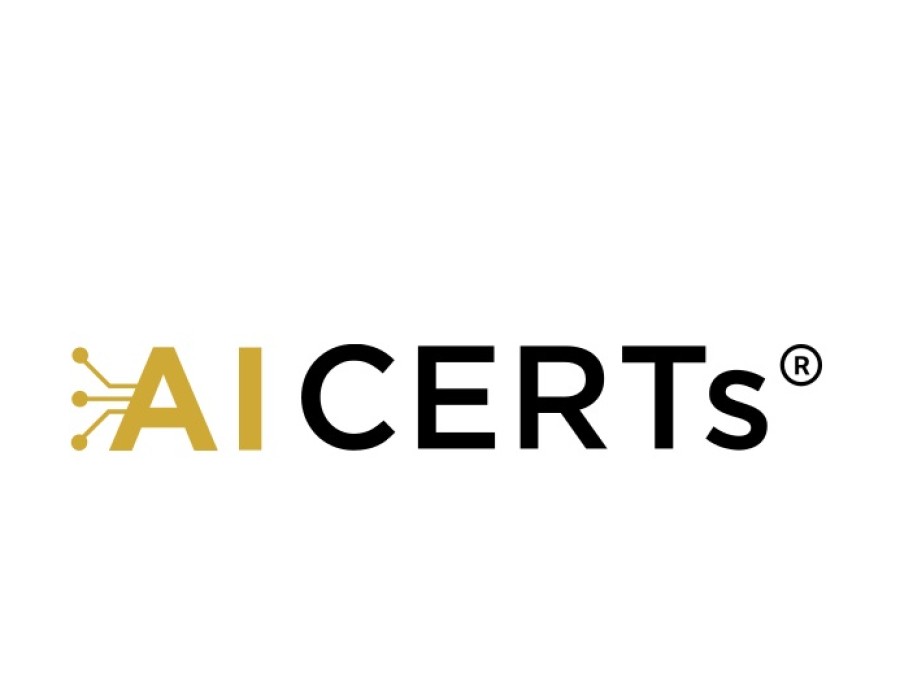The growing demand for skilled professionals who can design effective prompts for AI systems has led to the rise of specialized roles and certifications. Among them, the AI Prompt Engineer Exam stands out as a benchmark for validating a candidate’s ability to create, refine, and optimize prompts for maximum accuracy and performance.
However, despite adequate preparation, many candidates fall short due to avoidable mistakes. These missteps often stem from either a lack of familiarity with the exam’s requirements or insufficient practical application of prompt engineering techniques.
In this article, we’ll explore the most common mistakes candidates make, why they happen, and how you can avoid them to improve your chances of success.
Mistake 1: Overlooking the Basics of Prompt Design
Many aspiring AI Prompt Engineer professionals jump into advanced techniques too quickly without solidifying the fundamentals. Understanding how AI models interpret prompts, respond to variations, and adapt to different contexts is crucial.
Skipping the basics can lead to unclear, incomplete, or overly complex prompts—resulting in inaccurate AI outputs. A strong foundation ensures that even under time pressure, you can craft prompts that deliver consistent, relevant responses.
Mistake 2: Not Practicing Real-World Scenarios
Theoretical knowledge is important, but the exam heavily emphasizes applied skills. Candidates who fail to learn AI prompt engineering through real-world projects often struggle with situational tasks.
For example, an exam question might require creating a prompt that extracts key facts from unstructured text or rephrasing queries for improved search accuracy. Without practice, it’s easy to misinterpret the task or miss key details.
Practical application—such as working with live AI tools, experimenting with prompt variations, and analyzing results—is essential to bridge the gap between learning and execution.
Mistake 3: Poor Time Management
The AI Prompt Engineer Exam typically has multiple sections, each testing a different skill set. Some candidates spend too much time on a single challenging question, leaving insufficient time for the rest of the test.
If you’re preparing for an ai prompt engineer certification, practice pacing yourself during mock exams. Allocate time according to question weight, and avoid getting stuck on one problem for too long. Sometimes, moving forward and returning later is the best strategy.
Mistake 4: Ignoring Evaluation Metrics
A common oversight is failing to check whether the AI-generated outputs meet evaluation criteria such as relevance, accuracy, and clarity. Even if your prompt works in theory, it might not pass if it doesn’t align with the required performance standards.
Students who take ai prompt training online often benefit from learning how to assess AI outputs systematically—identifying weaknesses and iterating prompts to achieve optimal results. By making evaluation part of your workflow, you’ll reduce the risk of submitting incomplete or low-quality answers.
Mistake 5: Overcomplicating the Prompt
Some candidates believe that adding more details automatically leads to better AI performance. However, overly long or convoluted prompts can confuse the model and generate off-topic responses.
The key is to balance specificity with clarity. Well-structured, concise prompts often outperform overly elaborate ones. Simplicity can be a powerful tool when aiming for precise outputs.
Conclusion
The AI Prompt Engineer Exam rewards clarity, strategic thinking, and practical skills. By avoiding these common mistakes—ranging from neglecting the basics to poor time management—you can significantly improve your chances of success.
Consistent practice, familiarity with evaluation methods, and a focus on clear, well-designed prompts will not only help you pass the exam but also strengthen your overall prompt engineering expertise. Staying disciplined in your preparation and learning from others’ errors can make the difference between an average score and a top-tier result.






Comments